What happens after you say ‘yes’ to organ donation?
GRAND RAPIDS, Mich. (WOOD) — More than 4.5 million adults in the state of Michigan have joined the Michigan Organ Donor Registry and have a red heart on their driver’s license or state ID. This decision — that many people don’t think twice about — has made a record impact on the lives of hundreds of people in Michigan this year.
According to Gift of Life Michigan, the state’s organ and tissue donation program broke a record by reaching over 500 organ donations in 2023. This is just a small fraction of the over 2,400 patients who are waiting for life-saving transplants in Michigan alone.
Of the 78 organs in the human body, eight can be gifted: the lungs, the liver, the pancreas, the heart, the kidneys and the intestines. Tissue like tendons, skin and bones can also be donated, according to Donate Life.
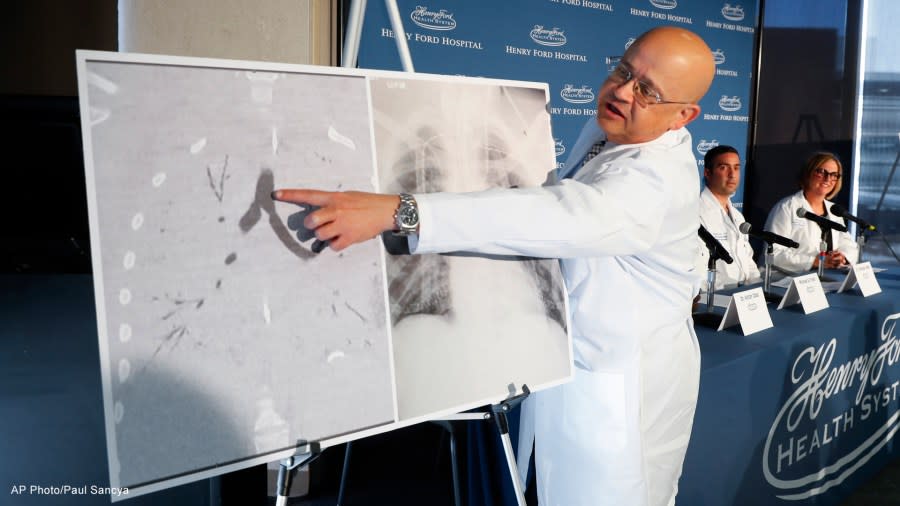
“It goes a long way when one thinks of eight people receiving the gift of restoring health (through) having organs donated and upwards of 75 people additionally with the tissue,” Dr. Oreste Romeo, trauma medical director at Bronson Hospital, said.
Signing up to become an organ donor can be done in four ways: on Gift of Life Michigan’s website, through the Secretary of State’s office, when applying for a hunting or fishing license, and on the individual state income tax return form — starting in 2024.
“When you say yes, your name goes into the registry and you get the little indication on your driver’s license, the little red heart, and it says donor on it. And then, every state in the United States recognizes that as a first-person authorization, so it’s a binding decision. And individuals who said yes can be assured that their wishes will be followed,” Dorrie Dils, president and CEO of Gift of Life Michigan, said.
Even if you are one of the 57% of Michigan adults who have agreed and indicated that they want to be an organ donor, there are specific requirements that must be met to actually donate.
“It’s actually pretty rare to be a donor. Less than 1% of all deaths die in the manner in which you can be a donor,” Dils explained. “You have to die in a hospital, you have to be on a ventilator and you have to have had some event that has happened to you neurologically that either you’re being removed from life support or you’ve been declared brain dead.”
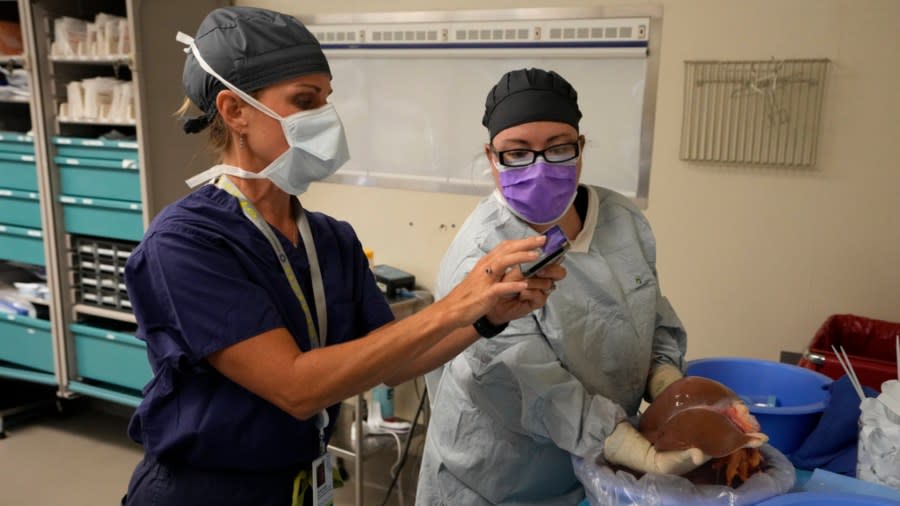
She said just because a person died in that manner doesn’t mean all eight organs and tissues will be donated either.
“Maybe they have heart disease but their kidneys are good or maybe they have bad kidney disease but they have good lungs. So we look at each organ system individually,” Dils said. “It’s actually a unique opportunity when people get to donate seven organs. Oftentimes people can only donate two or three depending on their overall health.”
Woman in need of kidney: Death row inmate could save my life
When a potential donor is available, Gift of Life works with the hospital team and the family to facilitate the donation if the individual has previously indicated to Gift of Life or to help the family make the decision.
“For those individuals that haven’t made that registry decision, they leave it up to their families, and so, even when you’re not registered, we encourage you to tell your family that you want to be a donor. And should the time come for that question, they would know the answer,” Dils said.
Romeo has seen firsthand what this decision, made in the face of a horrific tragedy, looks like.
“It’s incredible to watch a father or a mother in the distress that a tragedy can bear, wanting to be able to give that life back and know that their son or daughter might live in one form or another in somebody else’s life and extend that generosity to someone else. It’s hard to express what feeling that gives you,” Romeo said.
Once a donor has been activated, a list is created of potential matches.
“When people are listed for transplant, our transplant center puts some data into a national database about them: their height, their weight and the organ that they need, their blood type, certain data points about really helping to identify how sick they are. And then when we have a donor, we put similar information in that same database about our donor. And then we run the list,” Dils said.
Each donor has a list based on which organs are deemed healthy enough to donate. Who receives the organ, Dils explained, is dependent on how far away the two are from each other, age, height, weight, how long the recipient has been waiting, blood type, genetic makeup and other indicators that show if the organ is a good match with an individual.
W. MI mom donates daughter’s hands in rare transplant
For children’s organ donors and recipients, it is case-dependent, Romeo said.
When a child donor does become available, Dils explained that children needing an organ are prioritized since the size of the organ needs to fit within the recipient’s body. If the child is bigger, an adult-to-child donation is possible.
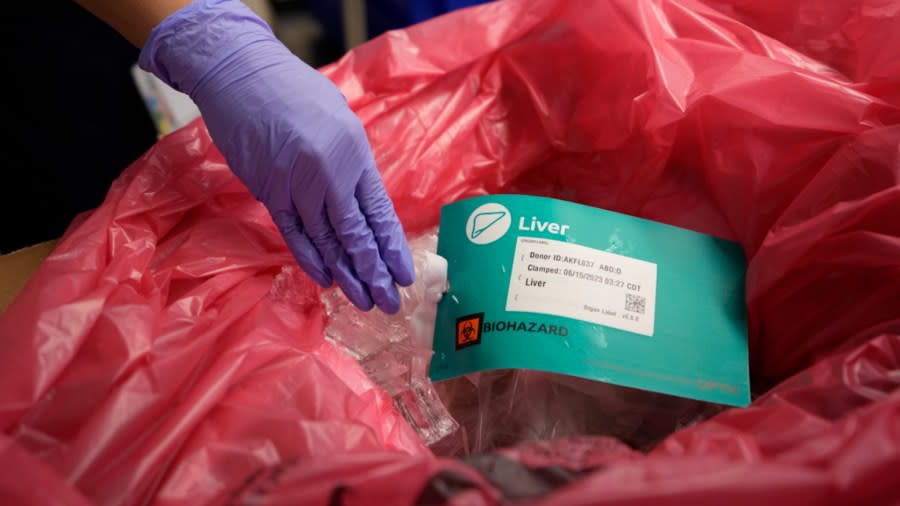
“There are ways to split, for example, the liver and receive a portion of the liver… This happens in even living donors. A split liver can be donated from a parent to a child or from a brother to a sister and vice versa. As for an adult donating to a child, it might be a little bit less common but it certainly can happen,” Romeo said.
‘Small sacrifice’: West Michigan dad gives 2-year-old a kidney
With Michigan being so close to Canada, there are situations where a pediatric transfer will happen across the northern border.
“There’s actually a pediatric hospital in Toronto that is a leading pediatric transplant center in Canada, and so, if we have a really young donor — and those lists are often very small like maybe just a couple of patients on for a heart and a couple for a lung — if they can’t take it, then we can offer it to Canada for example,” Dils said.
LIVING DONATIONS
“Living donation works directly with a transplant program,” Dils said. “… Sometimes it’s someone who’s on the list — someone in your family, someone in your community — and you’ve agreed to be tested to see if you’re a match … You can also be what they call an altruistic donor where you just want to give and you don’t have a specific recipient in mind.”
Blessed twice: Woman receives 2 kidneys
According to Donate Life, kidney and liver transplant candidates who receive a living donor transplant can receive the organ much sooner. Oftentimes in less than a year.
“The kidney list to wait for a deceased donor in some areas of the country is so long that people are really encouraged to come with someone who can be their donor,” Dils said.
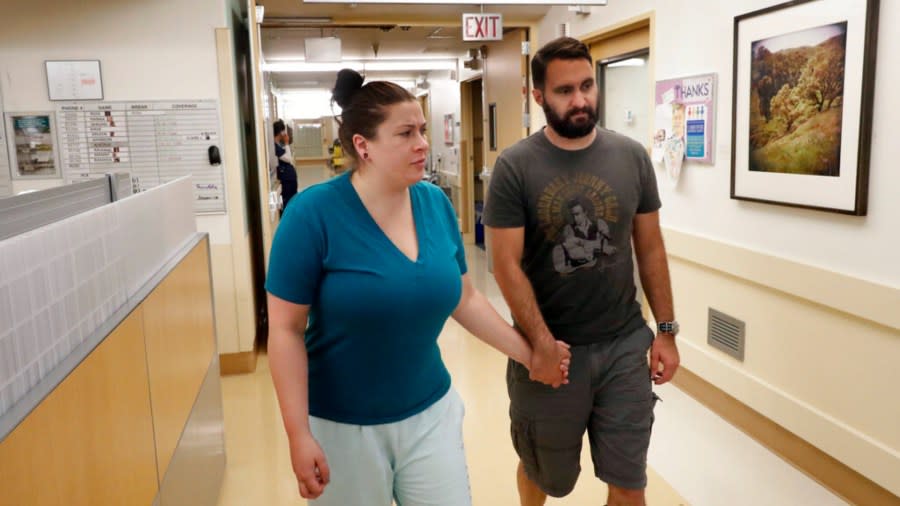
Birth tissue donations are also an option for living donations. Birth tissue that can be donated includes the placenta, amniotic membrane, chorionic membrane, amniotic fluid, umbilical cord tissue, umbilical veins and Wharton’s jelly.
Saving your baby’s umbilical cord blood: Is it worth it?
“Donated birth tissue is often used in reconstructive procedures to promote healing, and to treat burns and painful wounds,” Donate Life said on its website.
Birth tissue requires specific authorization. Find an accredited tissue bank here.
Lilly’s journey: Life after her bone marrow transplant
For more information on how to become a living donor, contact a living donor transplant program near you.
Although bone marrow isn’t considered an organ, it can still be donated. To learn more about bone marrow donation, visit the Be the Match website.
THE FUTURE OF ORGAN DONATION
“The truth is, there will never be enough organs available. So looking at other ways, whether they’re grown in a laboratory or whether they’re genetically altered from another species like a pig, is likely to be the way of the future,” Dils said.
While there has been a lot of progress in using animal organs for life-saving transplants — or xenotransplantation — it’s not there yet, Dils said.
“The couple of transplants that have happened … they learned a lot from (those) situations and (they’ve) certainly helped to advance the science of what needs to happen,” she said.
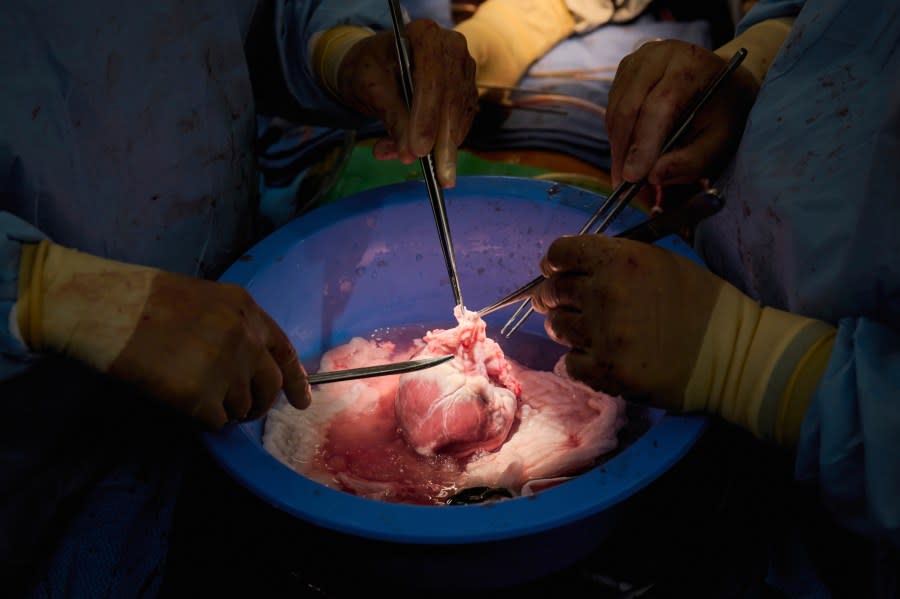
Attempts at animal-to-human organ transplants have failed for decades, as the human immune system immediately begins to work to destroy the foreign tissue, the Associated Press reported. Now scientists are trying again using pigs that have been genetically modified to make their organs more humanlike.
The first man to receive a genetically-modified pig heart transplant, David Bennett, lived for about two months after the surgery. The second man, Lawrence Faucette, died six weeks after his surgery.
In the meantime, Romeo and Dils are encouraging people to register to be organ donors.
“Gifting a life back to someone in need is something that should be advocated (for) at all levels. I think we live in a day and age where cars are faster and faster, guns are prevalent in the communities, and you can just, really out of a tragedy, make some sense from the consequences (of) that tragedy,” Romeo said.
For more information, visit the Gift of Life Michigan‘s website or Donate Life America’s website.
For the latest news, weather, sports, and streaming video, head to WOODTV.com.

